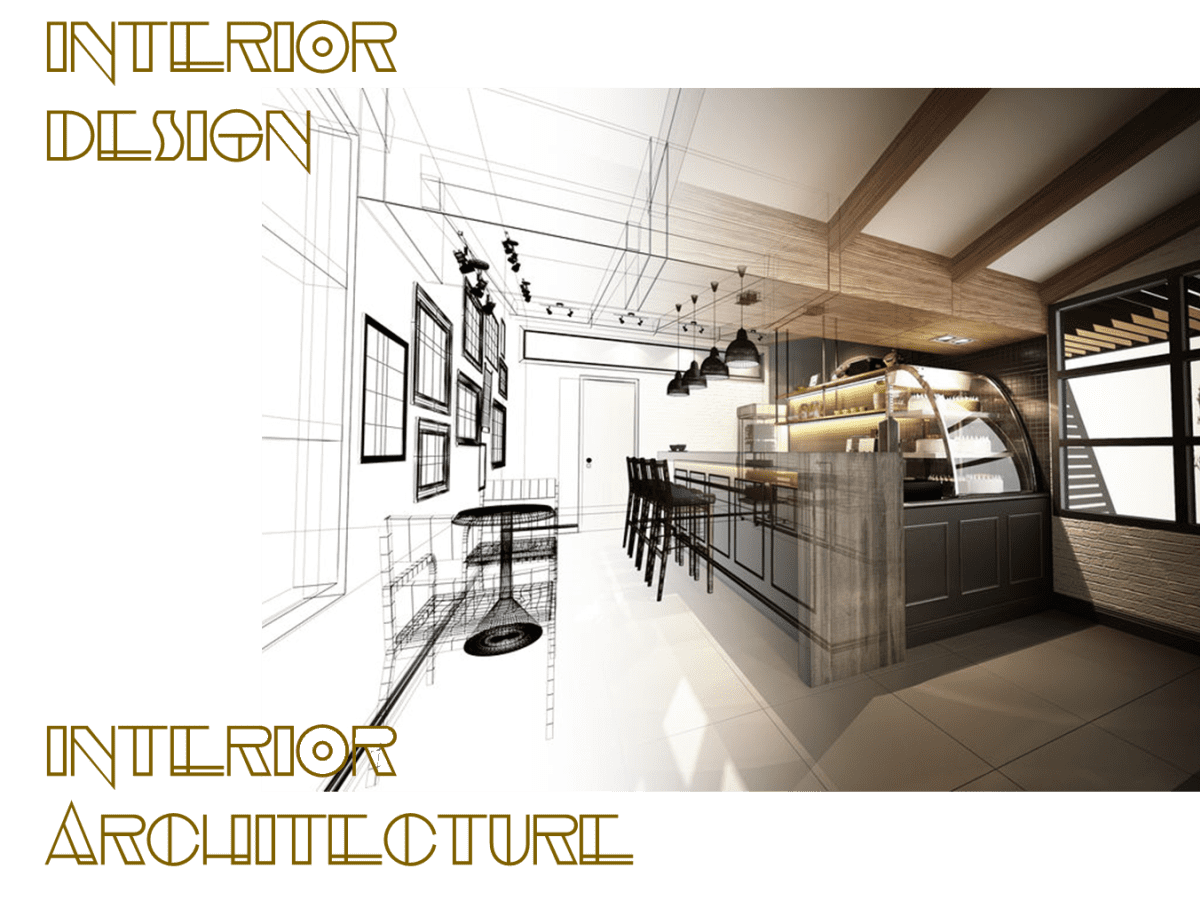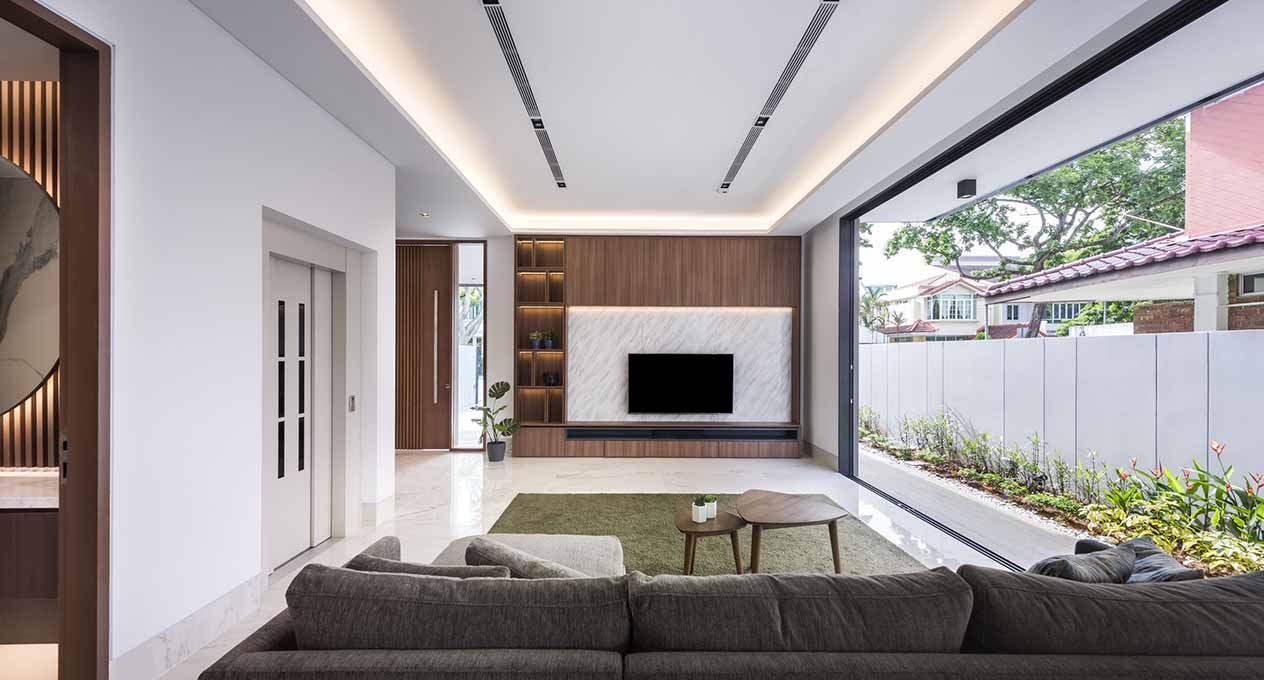Leading Hampshire Architects for Custom and Innovative Designs
Leading Hampshire Architects for Custom and Innovative Designs
Blog Article
Maximizing Aesthetic Charm: The Harmony Between Interior Design and Home Designer Methods
Understanding the refined interplay between indoor design and home style can significantly boost the aesthetic allure of a home. This marital relationship of style self-controls involves a thoughtful integration of building elements with indoor designs, and a skillful application of concepts such as contrast, balance, and rhythm. As we explore this harmony, we will certainly reveal methods to develop useful and visually striking environments that not only show personal style, yet also adapt to the vibrant needs of modern-day living.
Comprehending the Essentials: Specifying Interior Design and Home Style
Interior layout and home style, typically intertwined, stand for the visual and structural aspects of our living areas. Interior design is a complex self-control that includes producing practical, safe, and aesthetically pleasing spaces inside a building. On the other hand, home style mostly focuses on the strong framework of a building.
The Synergy Described: Just How Indoor Design and Home Design Intersect
Comprehending the synergy in between indoor design and home style can open a world of imagination and functionality. When reviewing this intersection, the impact of design on insides is a crucial facet to think about. This conversation will certainly concentrate on the unifying style principles that mix these two fields right into a harmonious whole
Unifying Style Concepts
While it may seem that interior decoration and home style are 2 unique techniques, they are actually deeply interconnected, creating a synergy that is vital for producing harmonious space. Unifying layout concepts are the pillars that facilitate this synergy. The principles include equilibrium, rhythm, emphasis, comparison, and consistency. These components coalesce to provide a natural visual allure. Balance creates a feeling of stability, rhythm gives a feeling of movement, consistency guarantees unity, contrast stimulates interest, and emphasis accentuates vital elements. The tactical application of these concepts makes it possible for a smooth blend of aesthetics and function, enhancing the total experience of the space. Basically, these principles offer as the bridge, uniting indoor design and architectural techniques.
Architectural Impact on Insides
The intertwining of indoor design and architecture comes to be much more noticeable when one thinks about the architectural impact on interiors. Architectural elements are intrinsic to a room's performance and looks, forming the style from the beginning. Columns, arcs, beams or stairs, for circumstances, serve both attractive and architectural functions. They can divide spaces, create centerpieces or imbue a space with a particular vibe. Factor to consider of appearance, light, and proportion likewise originate from building impacts. Inevitably, style molds the canvas upon which indoor developers function. Their harmony is thus obvious: design establishes the structure, which interior decoration improves with appearance, shade, and decor. This symbiotic connection makes certain an unified equilibrium between function and beauty, enhancing the visual appeal of any kind of room.
Secret Principles in Harmonizing Interior Design and Home Style
Striking a balance in between capability and visual appeal is a basic facet of integrating interior decoration and home style. An equally crucial concept is the integration of sustainable design to develop eco-friendly and energy-efficient homes. Lastly, understanding and exploring various architectural designs can additionally play an important role in attaining an unified style.

Stabilizing Capability and Appearance
Stabilizing functionality and visual appeals in interior layout and home design emerges as one of the extremely important principles to take into consideration. Aesthetics boosts the state of mind and impacts the assumption of space, whereas capability makes certain use and convenience. Just as vital is the effective plan of the area, with a tactical design adding considerably to the harmony between functionality and aesthetics.
Sustainable Design Assimilation
In keeping the balance between capability and appearances, one should additionally think about the integration of lasting design concepts. This method not just enhances the aesthetic charm of an area however also guarantees its durability and lowered ecological effect. The crucial lies in selecting materials that are environment-friendly, long lasting, and appealing. This includes natural, recycled, or check that low-impact materials that add to a healthier and a lot more lasting globe. Designers and developers can likewise incorporate energy-efficient systems, such as solar panels or energy-saving devices. Additionally, making certain excellent interior air quality via adequate natural lights and air flow is important. An unified combination of interior style and home design, led by sustainability, can develop rooms that are attractive, functional, and environmentally pleasant.
Exploring Architectural Styles
While there are a huge selection of building designs to check out, it is vital to comprehend that every one lugs its special concepts that can considerably influence the harmonization of interior design and home architecture. These styles, ranging from the elaborate Baroque to the minimalist Modernist, lug distinct ideologies and looks that, when properly understood and used, can create homes that are not only aesthetically stunning but likewise harmoniously incorporated in regards to style and style. Picking an architectural style is not merely concerning individual aesthetic preference; it has to do with picking a layout language that speaks with the home owner's lifestyle, approach, and aspirations, producing a home that is a real reflection of its residents.
Case Studies: Extraordinary Examples of Design and Style Synergy
Exploring some phenomenal study supplies an extensive understanding of how style and architecture can sympathetically merge to produce compelling and practical areas. The legendary Fallingwater home, created by Frank Lloyd Wright, exceptionally shows this harmony. Wright's layout masterfully integrates the home with its surrounding landscape, while the interior mirrors the outside's organic kinds. One more instance is the minimalistic Tadao Ando's Church of Light visit homepage in Japan. The architect accomplished a best balance in between simplicity and dramatization, using raw concrete and light. Inside, the plain, minimal layout creates a sense of peace and spiritual consideration. These examples show the value of harmony in between interior decoration and style in accomplishing useful and aesthetic success.
Practical Tips: Enhancing Your Home's Aesthetic Allure
Drawing motivation from the study of architectural and style harmony, house owners as well can carry out some functional methods to enhance their home's visual charm. A harmonious mix of colors, appearances, and lights can enhance an area, developing a warm and inviting ambience. Choosing furniture that enhances the architectural elements of the house can cultivate a feeling of unity. Wall surface art and style pieces can add character, showing individual style and preference. Integrating plant, either via indoor plants or sights to the outdoors, can bring an element of nature, supplying a soothing impact. Creative use of mirrors can open up an area, giving an impression of a bigger area. Inevitably, the aesthetic appeal depends on stabilizing performance with style, producing a home that is both lovely and comfortable.

Future Fads: Exactly How Modern Techniques Are Transforming Interior Design and Architecture
As the globe develops, so do the trends in interior decoration and style. Modern techniques are increasingly concentrating on sustainability, including energy-efficient layouts and environment-friendly products. Technology plays a critical function, with wise homes coming to be the standard, incorporating AI and IoT for improved performance. Furthermore, minimalism proceeds to get grip, emphasizing simpleness, functionality, and clutter-free spaces. This is often coupled with biophilic layout, attracting inspiration from nature and promoting wellbeing. Additionally, the pandemic has increased the demand for versatile, multi-purpose spaces, obscuring the lines between work and home. These fads reflect a change towards styles that are not simply aesthetically pleasing, however likewise ecologically aware, technologically progressed, and versatile go now to transforming lifestyles.
Final thought
Finally, the combination of interior style and home design techniques is a vibrant approach to improving visual charm. By leveraging key concepts like balance, comparison, and rhythm, and integrating aspects of modern living, designers can develop functional, aesthetically pleasing atmospheres. Through recognizing this harmony, home owners can make informed decisions that not just boost their living rooms however likewise contribute to their overall health.
Understanding the refined interplay in between indoor style and home style can considerably raise the visual allure of a living area.Interior design and home design, typically intertwined, represent the structural and aesthetic aspects of our living rooms.While it might seem that interior design and home design are two distinctive disciplines, they are in fact deeply interconnected, creating a synergy that is crucial for creating harmonious living rooms.The intertwining of indoor layout and architecture ends up being even much more noticeable when one considers the architectural impact on interiors. A harmonious blend of interior style and home architecture, led by sustainability, can produce spaces that are attractive, functional, and eco friendly.
Report this page